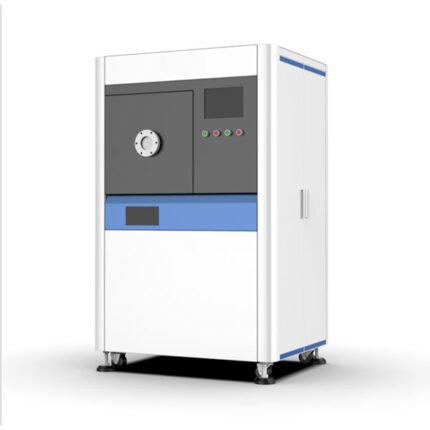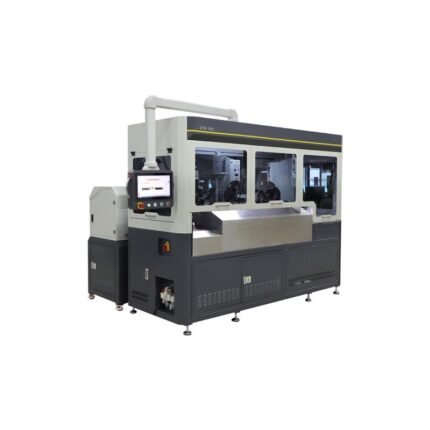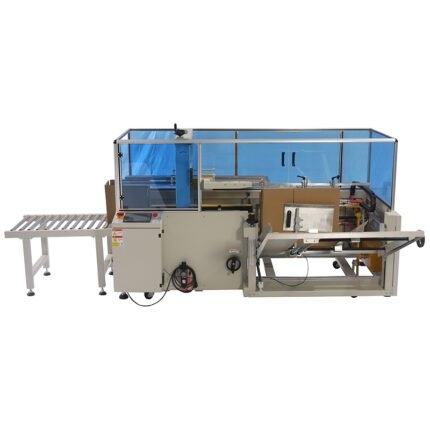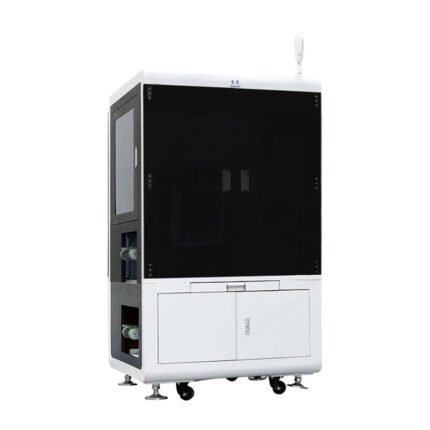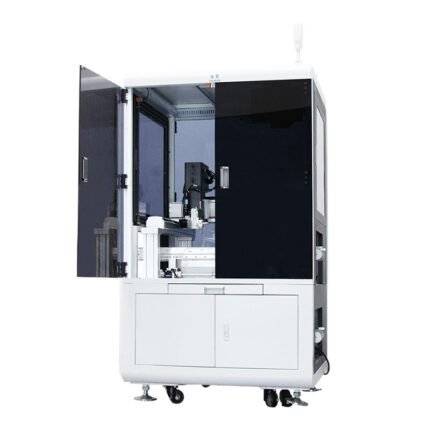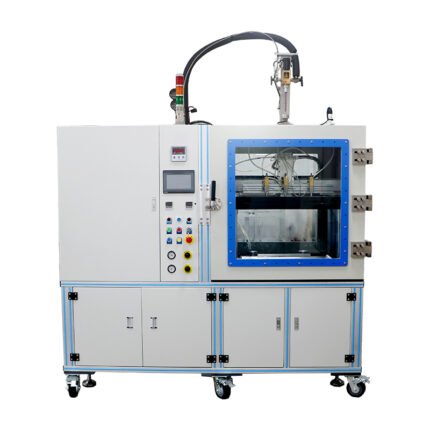Water drop angle meters serve as essential tools for surface research and cleanliness analysis across various industries, including glass, lenses, LCD screens, optical disc components, touch screens, circuit boards, Dầu khí, and spray coatings.
When a droplet remains free in a force-free environment, interfacial tension pulls it into a spherical shape. However, once the droplet contacts a solid surface, its final shape reflects the balance between the internal cohesive forces of the droplet and the adhesive forces between the droplet and the solid. Depending on this balance, the droplet may either spread across the solid surface or remain as a bead at a specific contact angle.
The contact angle provides a direct measure of a solid surface’s wettability. Technicians measure it using droplets adhering to a solid object. A low contact angle suggests a wetting, hydrophilic surface with strong adhesion. A high contact angle indicates hydrophobicity, potential organic contamination, or weak adhesion.
To analyze surface cleanliness, operators measure the contact angle at the point where the liquid, solid, and gas phases meet. This angle, formed between the tangent to the droplet’s edge and the solid surface, serves as a key indicator of wettability and surface energy. Low angles correspond to high wettability and low surface energy, while high angles suggest the opposite.



